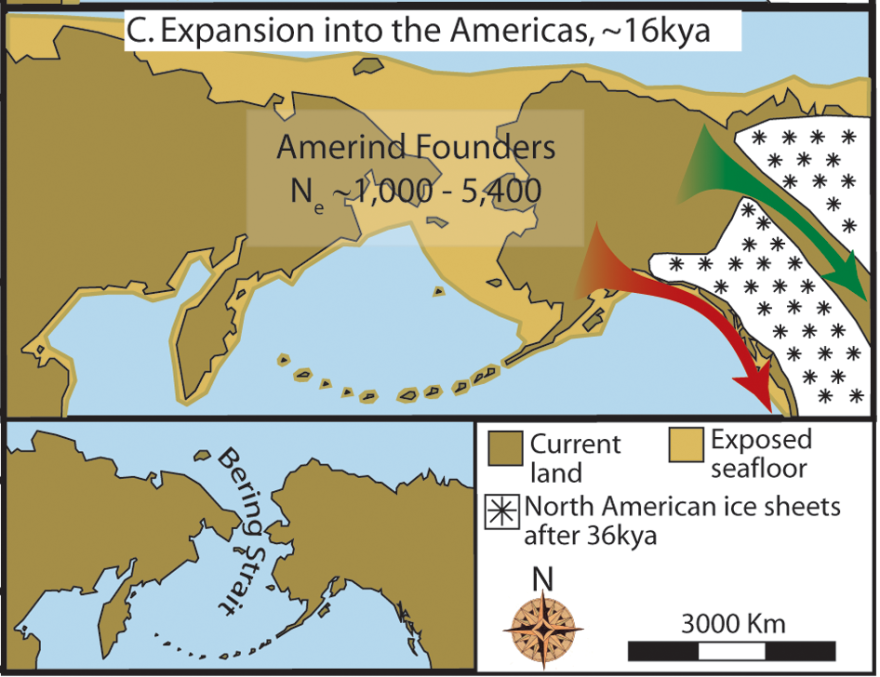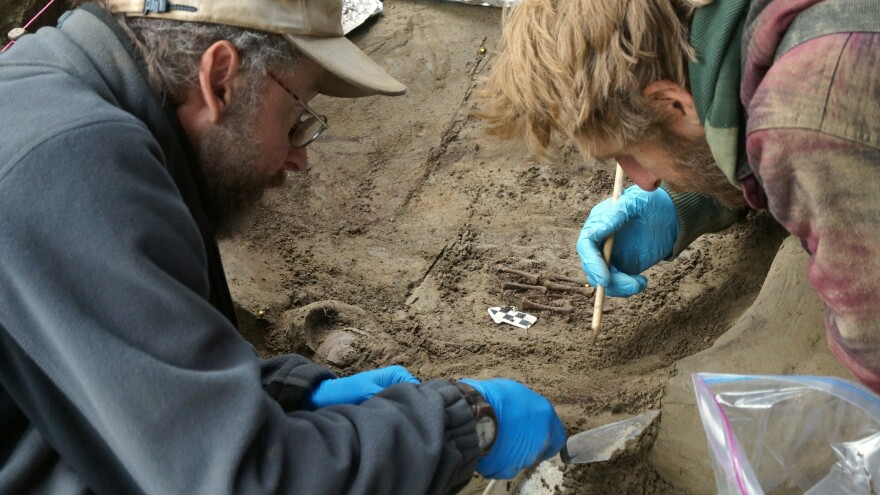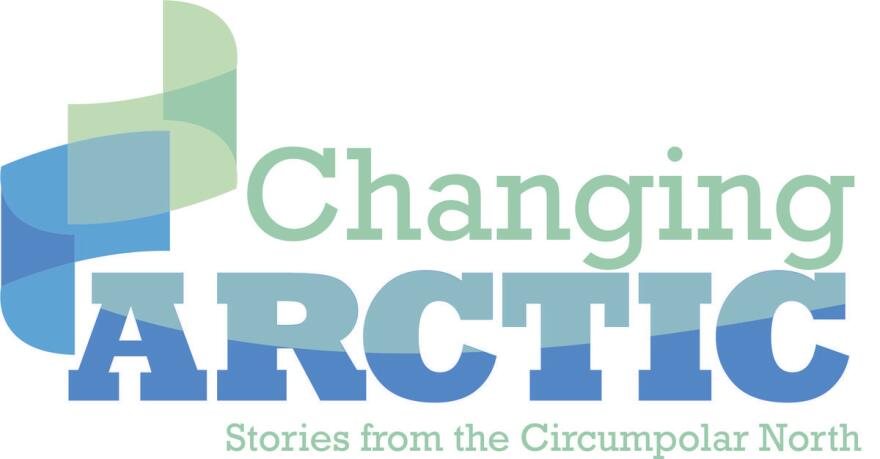An Arctic pathway for indigenous peoples ancestors …
A new study suggests archeologists should take another look at an inland route humans may have taken on their journey from Asia to the Americas some 13,000 years ago. University of Alaska-Fairbanks archeology professor Ben Potter says the recently published study serves as a counter-argument to the dominant theory that humans migrated southward along the coast of what’s now called North America.
“I would characterize this paper as in some sense countering some of the more recent papers that’ve been a little bit more dogmatic, and more absolute, about arguments (that) it was the coastal corridor that was used, and not the interior corridor,” he said.

The study is the latest round in a decades-long debate over the route taken by the ancestors of the Western Hemisphere’s indigenous peoples through what we now call Alaska and Canada en route to points south. Potter says the study he coauthored cites evidence gathered from digs along what he and other archeologists theorize was a corridor that had opened up some 13,000 years ago, as the icesheet and glaciers that covered much of the northwestern corner of North America were receding.
“The argument that it was impossible along the interior corridor we’ve, I think, now refuted with our paper,” he said. He added he and his coauthors aren’t claiming to have decisively proven that the hemisphere’s first peoples used what they call the interior ice-free corridor to go south. Only that there’s evidence to prove they could have used the interior route – perhaps in addition to the coastal route.

“The data are still ambiguous. There’s no smoking gun for either of those (theories), in our opinion, yet.”
Potter says it’s an important debate, because it could inform theories about the last ice age – and the origins of the so-called Clovis culture, thought to be the ancestors of the continents’ indigenous peoples. More broadly, he says it provides a glimpse into humanity’s entry into what we now call the New World, some 60,000 years after we left Africa.
“So,” he said, “a lot of elements in understanding human capacity -- human ingenuity, resilience. All of those things we want to understand about makes us who we are, and how did we adapt to very different environments than what we were biologically evolved to deal with in Africa.”
The study by Potter et al. was published this month in Quaternary International, the journal of academic disciplines devoted to the study of the Quaternary period, which dates back some 2.5 million years.
Next week: Climate change opened door to migration into the Americas.



